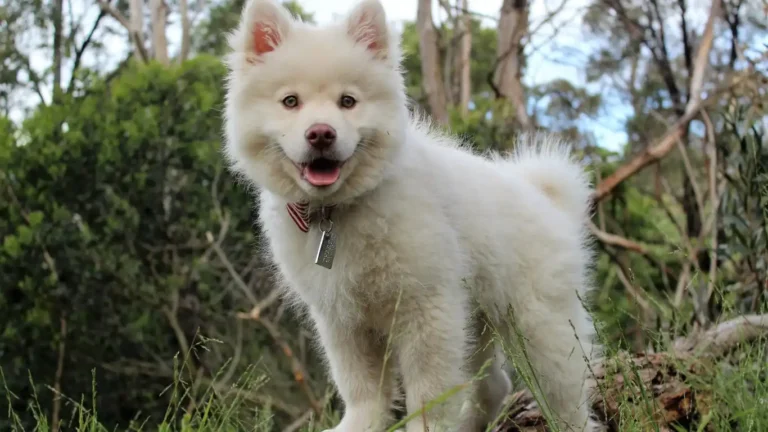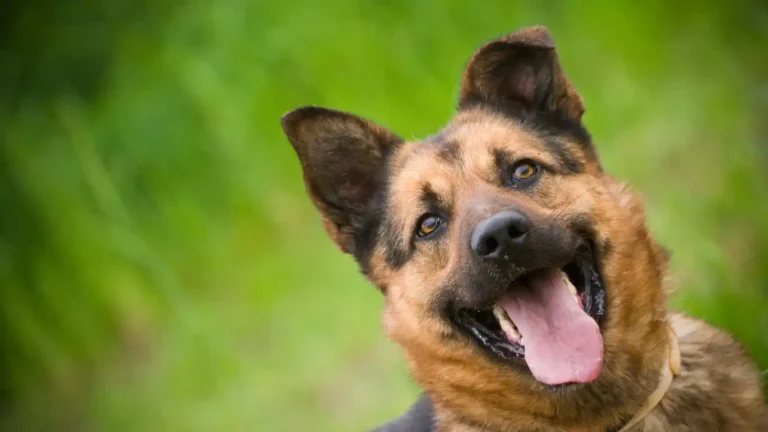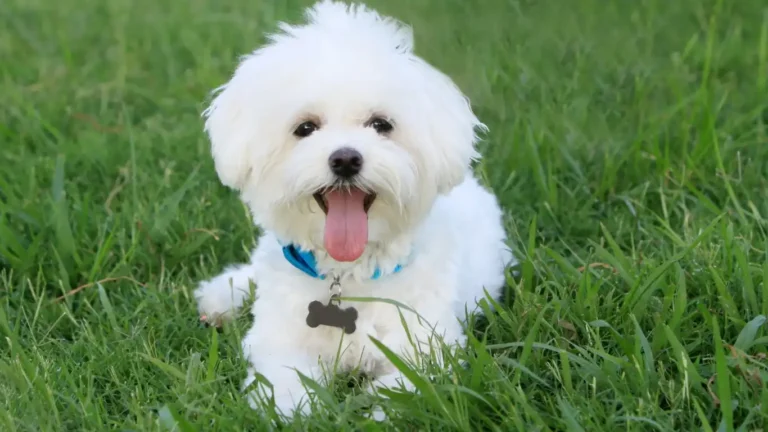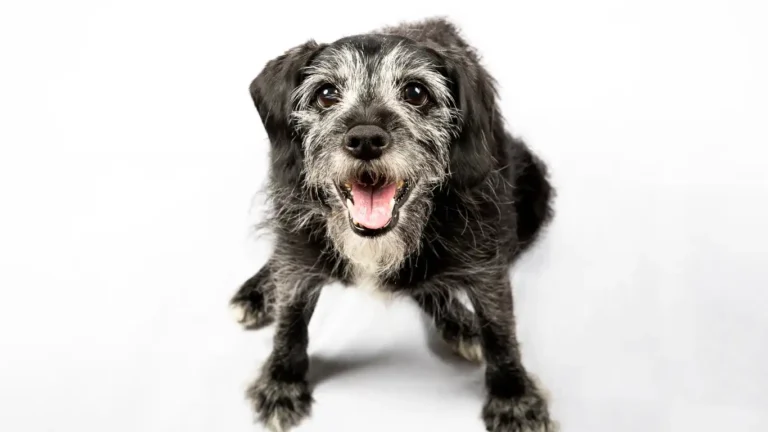How to Keep a Dog Warm During Cold Weather Walks – Expert Winter Guide
If you’ve ever asked yourself how to keep a dog warm during cold weather walks, you’re definitely not alone—especially if your furry best friend is anything like the ones I see daily in my work as a Veterinary Technician with a specialty in pet nutrition. I’ve had countless pet parents come into the clinic concerned about their dogs shivering, lifting their paws off the icy sidewalk, or just flat-out refusing to go outside when the temperature dips. The struggle is real, but with a few mindful adjustments, your dog can stay safe, cozy, and even enjoy those chilly strolls.
Understanding Your Dog’s Cold Tolerance
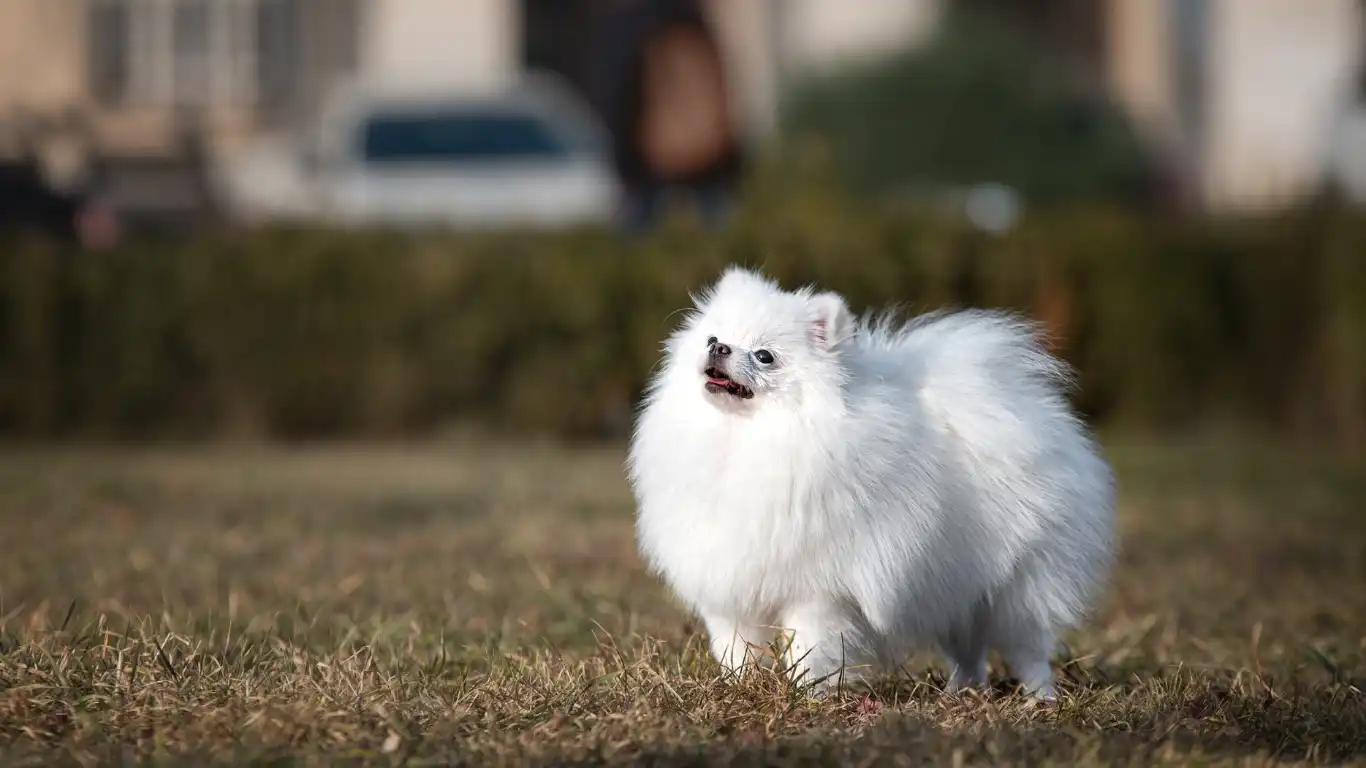
Let’s kick this off by busting a myth—not all dogs are built for the cold. While Huskies and Malamutes may thrive in snowy climates, breeds like Chihuahuas, Greyhounds, and even some Labs can struggle in low temperatures. And it’s not just about breed—age, body condition, and coat type all play a role. I once treated an older Dachshund who developed early signs of frostbite just from a quick potty break outside. It was eye-opening for his owner, who thought his little guy was “fine with the cold.”
Things That Affect Cold Tolerance
- Size and weight: Smaller dogs lose body heat faster than larger ones.
- Fur type: Short-haired or single-coated breeds lack natural insulation.
- Age: Puppies and seniors are more sensitive to temperature extremes.
- Health conditions: Dogs with arthritis or heart issues need extra warmth.
Layering Up: Dog Apparel That Works

Okay, let’s talk wardrobe. You wouldn’t go out in a snowstorm wearing just a t-shirt, right? Well, your dog feels the same way. Proper dog gear isn’t just cute—it’s functional. From insulated vests to full-body suits, there’s something for every pup. I often recommend fleece-lined jackets with waterproof outer layers to clients who walk their dogs in slushy conditions.
Must-Have Cold Weather Gear
- Insulated Dog Coat: Look for waterproof materials and secure fastenings that won’t chafe.
- Booties: Protect sensitive paws from ice, salt, and frostbite.
- Snoods and Scarves: For breeds with exposed ears and necks, these are a game-changer.
Pro tip: Always check for fit and comfort. A too-tight coat can restrict movement, while a loose one lets in cold air. In the clinic, I’ve had more than one patient come in with skin irritation from improperly fitted gear—don’t let that be your dog.
Paw Care During Cold Weather Walks
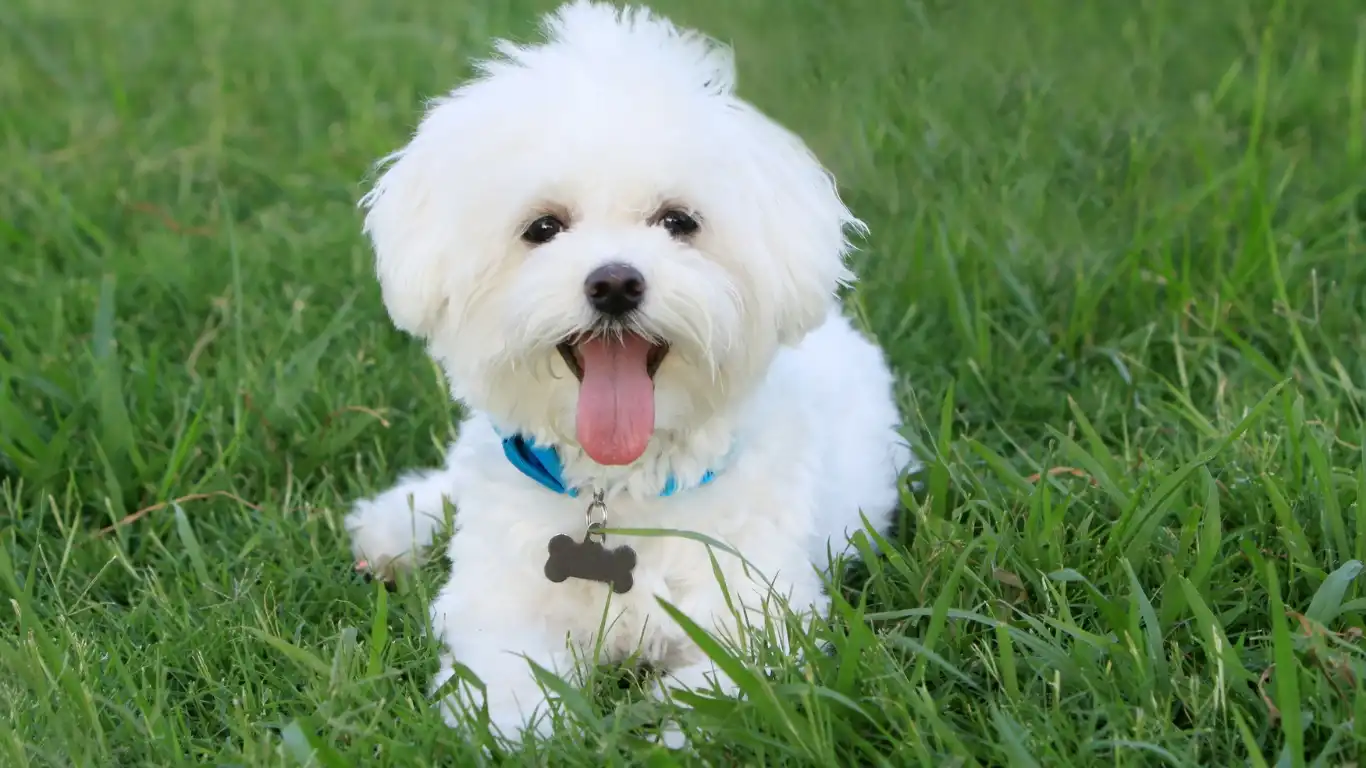
Cold weather doesn’t just chill your dog’s body—it can seriously affect their paws. Ice, snow, and de-icing salts can cause cracking, bleeding, or even chemical burns. I can’t tell you how many paw pad injuries I’ve seen that could’ve been avoided with a bit of preventive care. One of my favorite go-to recommendations is a good paw wax like Musher’s Secret—it acts like a natural barrier and works wonders.
Paw Protection Tips
- Apply paw balm before and after walks to prevent dryness and irritation.
- Use dog booties if your pup tolerates them—it might take some training!
- Rinse and dry paws after walks to remove salt and debris.
I’ve also seen dogs suffer from what looks like “winter allergies” just because of prolonged exposure to sidewalk salt. Always check your dog’s paws after every walk—it takes two seconds and can save a lot of discomfort (and vet bills).
Watch Their Behavior and Body Language
Sometimes, your dog will give you subtle (or not-so-subtle) clues that they’re too cold. I had a client with a Golden Retriever who started limping during walks in the snow. Turned out, it wasn’t joint issues—it was ice balls forming between her paw pads. Keep an eye out for signs like:
- Shivering or shaking
- Slowing down or stopping
- Lifting paws or limping
- Whining or looking anxious
Every dog has a different cold threshold, and it’s our job as pet parents to recognize when enough is enough. When in doubt, shorter walks with indoor play can keep them stimulated without overexposure to the cold.
Timing Your Walks: When Cold Weather Hits Hard

When you’re figuring out how to keep a dog warm during cold weather walks, timing is everything. Mornings and evenings are often the coldest parts of the day, and that biting chill can be especially rough on smaller or short-haired pups. I’ve had pet parents tell me they didn’t realize how much timing affected their dog’s tolerance—until their pup refused to leave the porch at 6 AM in February. Been there, seen that!
Plan Smarter Walk Times
- Midday walks are usually warmer and have more sunlight exposure.
- Keep an eye on wind chill—that sharp breeze can drop the “feels like” temp fast.
- Shorten the walk if it’s brutally cold and opt for quick potty breaks instead.
If it’s too cold for you without gloves, chances are your dog’s paws are feeling it too. I always tell pet parents: “Would you be comfortable standing outside barefoot right now?” If the answer’s no, your dog needs protection—or a shorter outing.
Pre-Walk Warmups & Post-Walk Care
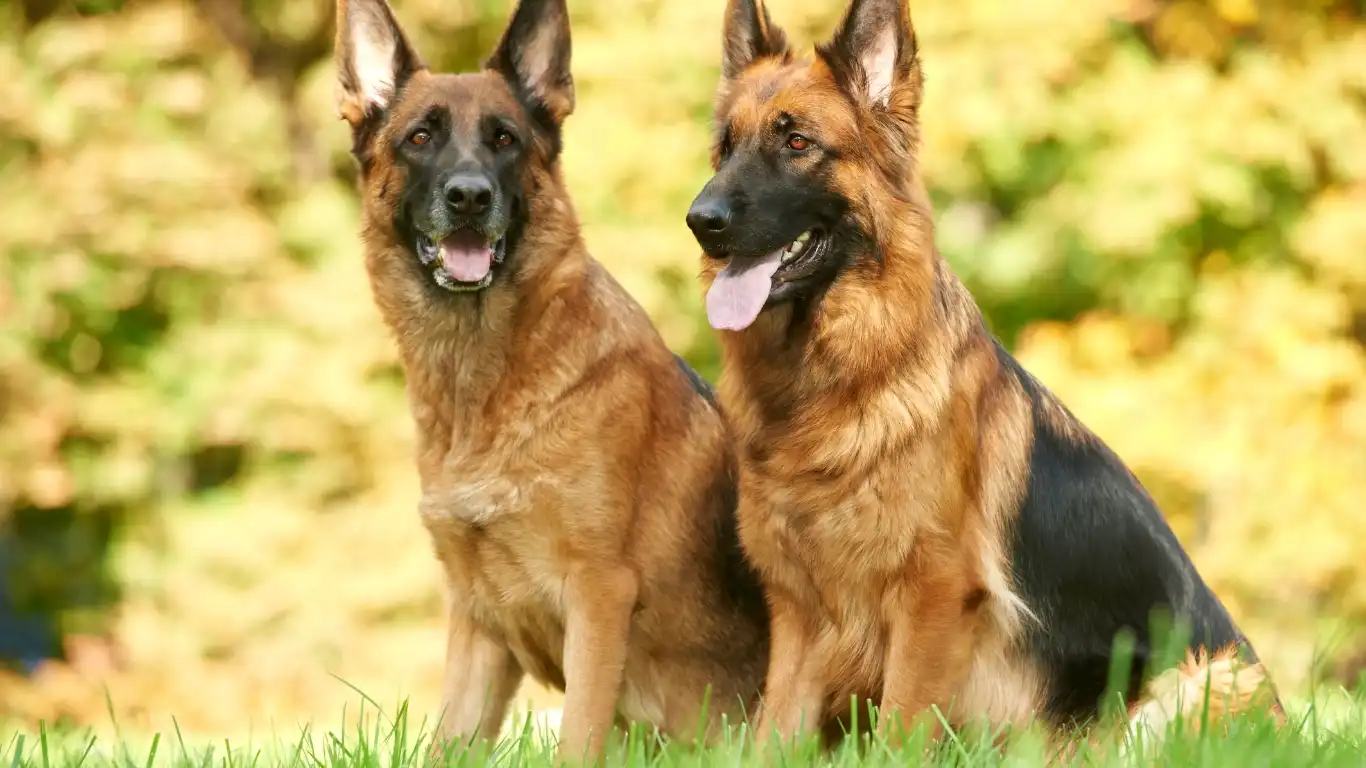
One thing a lot of folks don’t think about is what you do before and after the walk makes a big difference. Just like we warm up before a workout, it’s a good idea to get your dog moving a bit indoors before heading out. A few rounds of fetch, some tug, or even just pacing around the living room can raise their body temp slightly. That buffer makes the transition to the cold outside less of a shock.
After the Walk: Recovery Mode
- Dry them off immediately—especially their paws, belly, and chest.
- Check for ice clumps stuck in fur or between paw pads.
- Give a warm, cozy space to settle back in—bonus points for a heated pet bed.
One of my clients has a routine I love: She keeps a towel and a small bowl of warm (not hot!) water by the door. As soon as her pup comes in, she gives the paws a gentle wipe and dries him off. It’s simple, effective, and has become part of their bonding time.
Indoor Play Ideas When It’s Just Too Cold

Sometimes the weather outside is just not worth the risk—especially when there’s black ice, heavy snow, or wind chills in the danger zone. On those days, your dog still needs stimulation, exercise, and enrichment, and that’s where indoor games come in. I’m a big advocate for brain games as much as physical activity, especially for high-energy breeds stuck indoors.
Engaging Indoor Activities
- Treat puzzles: Great for mental stimulation and slow snacking.
- Hide and seek: You can hide yourself or treats around the house.
- Training refreshers: Work on commands or learn a new trick together.
- DIY obstacle course: Use couch cushions, chairs, and blankets to build a fun route.
I had one client with a Border Collie who went stir-crazy on stormy days until they started doing “find it” games with her favorite toys. Now she actually looks forward to bad weather because it means playtime gets extra creative indoors.
Hydration and Nutrition Matter More Than You Think
This one surprises a lot of people, but dogs can actually become dehydrated in winter just like in summer. Cold, dry air and indoor heating pull moisture from their bodies faster than you’d expect. And if your pup’s not drinking as much because the water’s too cold or the bowl’s outside and frozen—well, that’s not doing them any favors.
Winter Wellness Tips
- Provide fresh, lukewarm water indoors throughout the day.
- Consider wet food or mix it with dry kibble to boost moisture intake.
- Add omega-3 supplements to support skin and coat health during the dry season.
In my role as a nutrition-focused vet tech, I’ve seen dry skin, cracked paws, and dull coats turn around just from a small tweak in winter feeding routines. Omega-3s, especially from fish oils, are like magic for cold-weather skin support. Just make sure you’re using pet-safe formulas—human ones aren’t always the right dose.
Cold-Weather Walk Essentials Checklist
Let’s pull it all together. Here’s a simple checklist I give to my clients for walks when the temperature drops:
- Insulated, waterproof dog coat
- Booties or paw balm
- Reflective gear or LED lights (it gets dark early!)
- Treats and poop bags (always!)
- Dry towel for post-walk clean-up
It might sound like a lot at first, but once you’ve got a routine down, it becomes second nature. I promise—your pup will thank you for it with tail wags, happy zoomies, and healthy paws all season long.
Senior Dogs and Cold Weather: Extra Care for Aging Pups
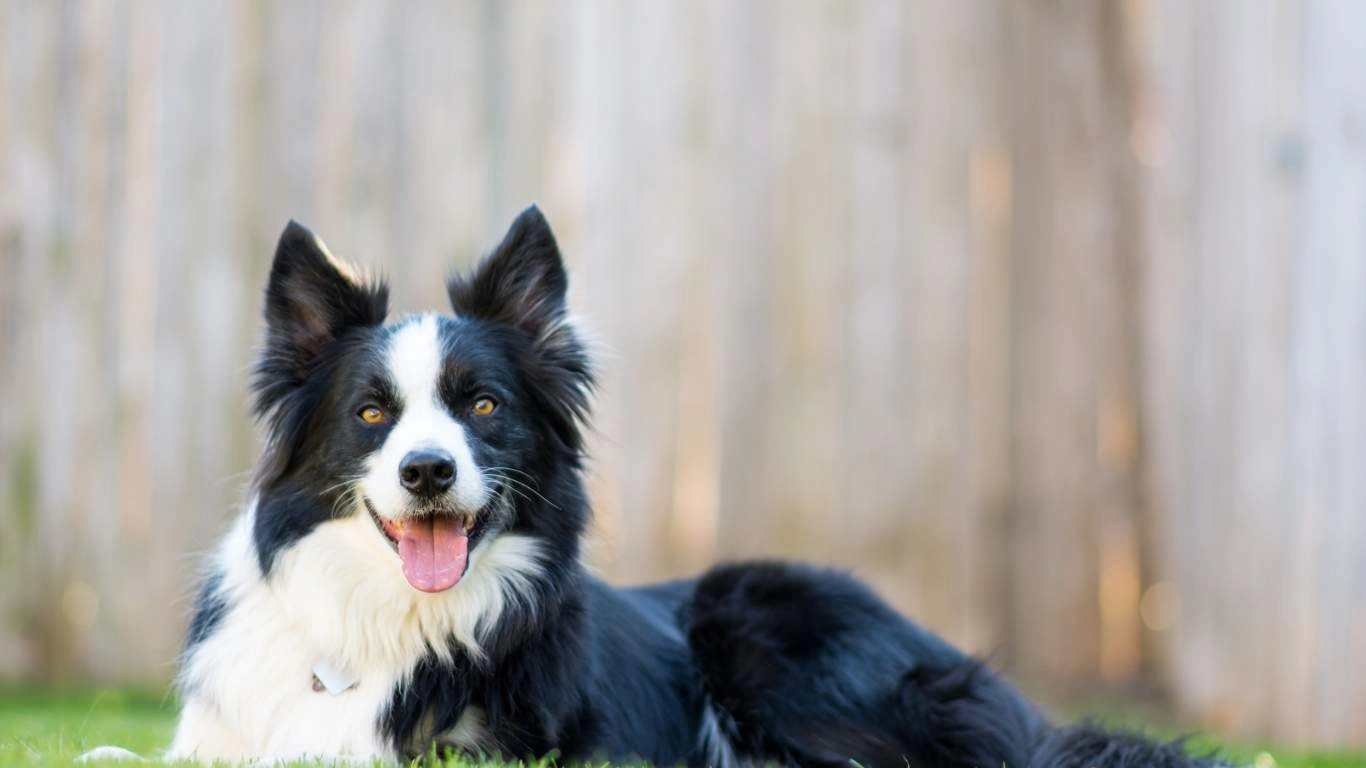
When it comes to how to keep a dog warm during cold weather walks, our senior pups need a little extra love and attention. Aging dogs are more vulnerable to cold temperatures due to reduced circulation, thinner coats, and underlying health issues like arthritis. I’ve had countless senior patients—especially larger breeds like Labs and Shepherds—who get noticeably stiffer and slower in the winter. It’s not just “old age”; it’s often the cold making everything harder for them.
Tips for Walking Senior Dogs in the Cold
- Keep walks short and frequent instead of one long trek.
- Use orthopedic or heated dog beds for post-walk recovery.
- Dress them warmly—sweaters with chest and belly coverage work great.
- Ask your vet about joint supplements or anti-inflammatories if stiffness worsens in winter.
One of my favorite patients, a 12-year-old Beagle named Sammy, used to dread winter walks. Once we got him on a consistent omega-3 regimen and added a lightweight fleece coat plus booties, he started perking up again—even wagging when he saw the leash. The transformation was amazing, and his owner couldn’t believe such simple changes made such a big difference.
Nutrition Support for Cold-Weather Vitality

As someone who specializes in pet nutrition, I can’t stress enough how much your dog’s diet impacts their ability to handle cold weather. The body burns more calories trying to stay warm, especially in smaller or highly active breeds. I often suggest evaluating your dog’s winter diet to ensure they’re getting enough fuel—not just for energy, but also for immune health and coat condition.
Cold Weather Nutritional Boosters
- High-quality proteins: Support muscle maintenance and energy production.
- Healthy fats: Especially omega-3s for skin, coat, and joint support.
- Vitamins C & E: Help support immune function during seasonal changes.
I had a client with a high-energy Aussie mix who started losing weight in the winter, despite eating normally. Turns out, the extra exercise in the snow and cold meant he needed a bump in calories. We adjusted his feeding plan slightly—adding some calorie-dense toppers—and the weight stabilized within a few weeks.
Keeping Walks Safe and Enjoyable All Winter Long
Safety during winter walks goes beyond just warmth. Ice, poor visibility, and road salt all add a layer of risk for both dogs and humans. I’ve seen dogs slip and strain muscles—or even worse, ingest de-icing salt that burned their mouths and upset their stomachs. That’s why safety is just as important as comfort when the temperature drops.
Winter Safety Tips
- Use reflective gear or LED collars during early morning or evening walks.
- Stick to plowed paths where footing is more stable.
- Carry a flashlight to spot hidden ice patches or sharp objects under snow.
- Always rinse paws after walks to remove chemicals and salt.
If your pup is ever limping after a walk, check their paws immediately. I had a Boxer come into the clinic one afternoon after licking his paws obsessively—turns out he had tiny cuts from salt crystals embedded in the pads. We treated it quickly, but it was a good reminder to always do a post-walk check, even when everything seems fine.
Signs Your Dog Might Be Too Cold
Even with the best prep, sometimes it’s just too cold for your dog to be out for long. Knowing the signs of hypothermia or cold-related stress can help you act fast before things escalate. Trust me—I’ve seen everything from mild shivers to serious, life-threatening conditions caused by extended exposure.
Red Flags to Watch For
- Shivering that doesn’t stop
- Whining, anxious pacing, or trying to head back inside
- Weakness, lethargy, or stumbling
- Body feels cold to the touch, especially the ears and paws
And don’t brush off signs just because your dog is tough. I had a stoic Pitbull patient who never complained—until he suddenly collapsed during a long walk in freezing temps. His owner was heartbroken and shocked. He recovered, but it drove home the importance of watching behavior closely. They can’t always tell us when they’re cold—but their bodies will show it.
Final Thoughts: Be Their Advocate
When it comes down to it, you know your dog better than anyone else. Trust your instincts and don’t feel bad for skipping a walk when the weather’s brutal. There’s no badge of honor for powering through snowstorms—just cold paws and potentially avoidable vet visits.
Making thoughtful, informed choices about when and how to walk your dog during the winter not only keeps them warm, but it keeps them safe, healthy, and happy. That’s what it’s all about.
References
Disclaimer
This content is for informational purposes only and should not be considered a substitute for professional veterinary advice, diagnosis, or treatment. Always consult your veterinarian with any questions you may have regarding your pet’s health, especially before making dietary or medical changes.

